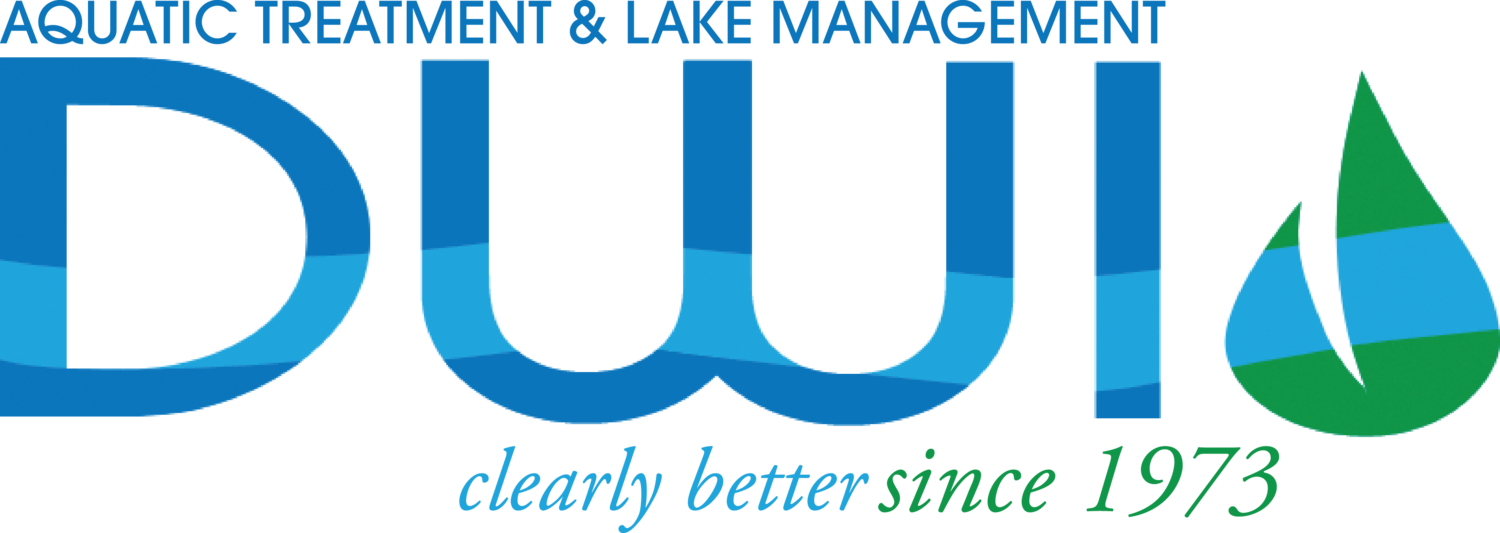By Patrick Simmsgeiger, Founder of DWI
Golf course superintendents typically excel at grounds management and upkeep, and rightly so. The game is played on the greens. Other important aesthetics of the grounds and strategic features of the game, however -”the blues”- present greater upkeep challenges. These are the ponds, lakes, fountain, and myriad water features that beautify every golf course. Preventing and treating common water problems can help keep your entire course running smoothly. Take steps to prevent water feature problems with ongoing maintenance is key- better to prevent problems from occurring. Knowing the steps to take to address problems when maintenance has been neglected or when problems occur also is critical. Prompt action can help nip problems in the bud before they become a drain on a course’s resources.
Preventative maintenance to keep water features functioning properly includes:
Cleaning filters and filter media.
Keeping filters functioning. This requires activating the pump- minimally 12 hours a day, ideally 24 hours a day. This helps the filter function and prevents water from stagnating.
Using a properly placed aerator to keep water circulating and oxygenated.
Despite a course superintendent’s best maintenance efforts, activities such as excess watering of fertilized turf, depositing grass clippings into bodies of water, and using reclaimed water can affect the integrity of water features. These activities and others can contribute to unpleasant odors emanating from water features, unsightly appearance, algae growth, and surface to foam.
When these occur, there’s no quick fix. Rather, balance must be restored between the green and the blue. The elements that comprise balance include sufficient water circulation and aeration, and adequate nutrient levels, and solid, organic, and chemical content.
When water is out of balance, common problems and their solutions are as follows:
Water clarity: This occurs due to particles in the water. If aeration and circulation are functioning properly, apply a clarifier - like F-20 Enviro Clear or F-25 Enviro Buff. Life a magnet, this type of product will latch onto contaminant particles and deposit them at the bottom of the water feature.
Water color: Some dyes are safer for water, water fowl, and other living organisms. An added benefit of some dyes is that they block sun from reaching algae and aquatic plants, impeding their growth. The most common dye colors to choose from are blue (F-40 Enviro Blue) and black (F-X Nightshade).
Algae growth: this occurs because ubiquitous nutrients foster algae development. Some products are overzealous and destroy more than is necessary, harming the environment and killing fish. Other safer products use a form of copper sulfate to manage algae without causing undue harm (for example, F-30 Algae Control). Once algae is under control, apply a biological product preventively to keep excess sludge at bay (some examples are F-50 Bio Pure, F-51 MRP and F-55 Bio Zyme. As always, ensure the basics - optimum aeration and filtration. Non-control of these basics can lead to many common problems.
Surface foam: This is caused by dead organic material and soaps. Apply a defoamer product - like F-10 Foam Kill. Chlorine reduces the effectiveness of defoamers, so apply accordingly.
Some course superintendents may be knowledgeable enough about blue matters - water maintenance - to rectify these are more serious problems themselves. Others use the services of skilled water management professionals, both for problems and ongoing maintenance.
In today’s challenging economic environment, it is more important than ever to keep courses functioning meticulously, to keep water flowing smoothly and to prevent your course from going into the rough.



